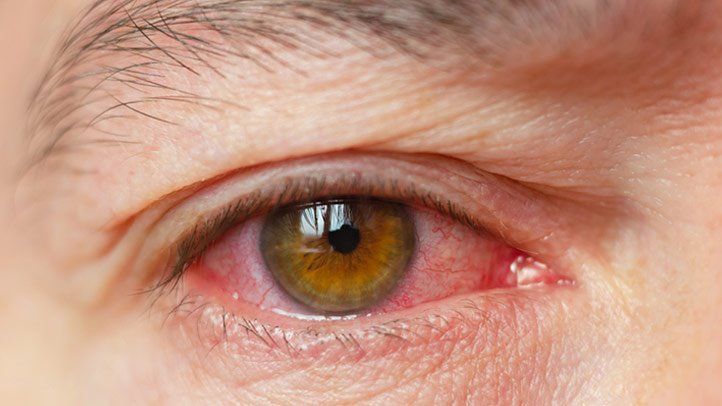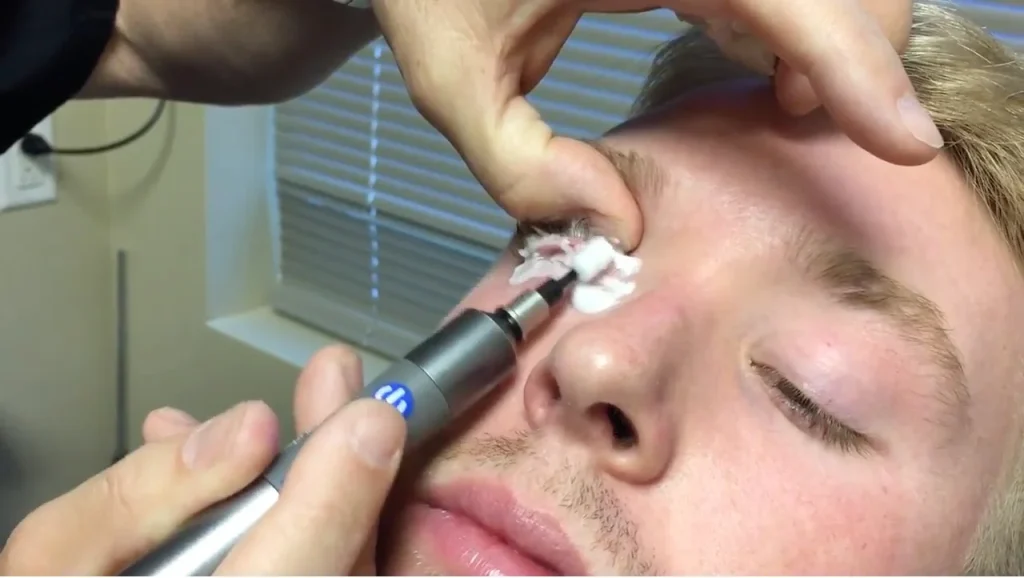Dry Eye Syndrome: Causes, Symptoms, and Treatments
Dry eye syndrome, medically known as keratoconjunctivitis sicca, is a common eye condition affecting millions of people worldwide. In this comprehensive guide, we will explore the various aspects of dry eye syndrome, including its causes, symptoms, diagnosis, and innovative treatment options that can help alleviate discomfort and improve eye health.
What is Dry Eye Syndrome?
Dry eye syndrome is a chronic eye condition characterized by insufficient tear production or tears that evaporate too quickly. Tears are essential for maintaining the health of the eye’s surface and ensuring clear vision. When the balance of tear production and drainage is disrupted, it can lead to a range of uncomfortable symptoms.
Causes of Dry Eye
Dry eye syndrome can be attributed to various factors, including:
- Aging: As we grow older, tear production tends to decrease, making the dry eye more common in seniors.
- Environmental Factors: Exposure to wind, smoke, dry climates, air conditioning, and central heating can exacerbate dry eye symptoms.
- Medical Conditions: Conditions such as rheumatoid arthritis, Sjögren’s syndrome, diabetes, and thyroid disorders can increase the risk of dry eye.
- Medications: Certain medications, including antihistamines, decongestants, and antidepressants, can reduce tear production.
- Lifestyle Choices: Frequent use of digital screens, insufficient blinking, and poor nutrition can contribute to dry eye.
Dry Eye Symptoms
Dry eye disease can manifest with a wide range of symptoms, including:
- A persistent dry sensation in the eyes.
- Discomfort and irritation are often described as a burning or stinging sensation.
- Bloodshot or irritated eyes.
- Paradoxically, dry eyes can sometimes lead to watery eyes as the body attempts to compensate for dryness.
- Vision may become temporarily blurred due to inadequate tear film stability.

Main Potential Candidates for Dry Eye Disease
- Aging population, as tear production tends to decrease with age.
- Women, especially after menopause, due to hormonal changes.
- Contact lens wearers, as lenses can contribute to irritation.
- Those with medical conditions like autoimmune disorders, diabetes, or thyroid issues.
- Medication users, since some drugs can reduce tear production.
- Frequent digital device users, as prolonged screen time, can reduce blinking.
- Post-eye surgery patients, with temporary dry eye as a side effect.
- Hormonal changes during pregnancy and menopause.
- Individuals with poor nutrition, as diet can impact tear quality.
How to Prevent Dry Eye
- Remember to blink, especially when using screens.
- Follow the 20-20-20 rule: every 20 minutes, look at something 20 feet away for 20 seconds.
- Protect your eyes from wind and dust with wraparound sunglasses.
- Drink plenty of water throughout the day.
- Eat Omega-3-rich foods, including salmon, flaxseeds, and walnuts in your diet.
- Reduce screen use before bedtime.
- Position yourself away from direct air vents.
- Smoking worsens dry eye, so quit if you smoke.
- Schedule routine eye check-ups.
Diagnosis and Evaluation
If you suspect you have dry eye syndrome, it’s crucial to seek evaluation and diagnosis from an eye care professional. The diagnostic process may include:
- Symptom Assessment: Your doctor will ask about your symptoms, medical history, and lifestyle factors.
- Tear Film Evaluation: Special tests like the Schirmer test and tear breakup time (TBUT) can measure tear production and stability.
- Eye Examination: A comprehensive eye exam will assess the health of your eye’s surface and surrounding structures.
- Specialized Tests: In some cases, additional tests like corneal staining or meibomian gland evaluation may be conducted.
When should I schedule an appointment with a doctor?
You should see an eye care professional if you experience persistent eye discomfort, vision changes, pain, light sensitivity, or other new or worsening eye symptoms. It’s especially important if you wear contact lenses, have underlying medical conditions, or are taking medications known to cause dry eye. Early evaluation can help address any issues and improve your eye comfort and health.
Dry Eye Treatment Options
Managing dry eye syndrome involves a variety of treatment options tailored to individual needs. These treatments aim to relieve discomfort, improve tear film stability, and promote overall eye health. Below, we will explore a range of dry eye treatment options, including traditional methods, advanced therapies, and innovative technologies.
Traditional treatments

1. Artificial Tears:
Over-the-counter artificial tear drops are a common initial treatment for mild to moderate dry eye symptoms. They provide lubrication to the eyes, helping to alleviate dryness and irritation. Artificial tears supplement natural tears and improve tear film stability. Apply as needed throughout the day, following the product’s instructions.
2. Prescription Medications:
For moderate to severe dry eye cases, your eye care professional may prescribe medicated eye drops. These drops may contain anti-inflammatory agents or medications that stimulate tear production. Prescription eye drops target underlying causes of dry eye, such as inflammation, to provide relief. Follow your doctor’s prescribed regimen carefully.
3. Warm Compresses:
Warm compresses involve applying a warm, moist cloth to closed eyelids. This technique helps open clogged meibomian glands, which are responsible for producing the oil layer of tears. By clearing blocked glands, warm compresses improve tear quality and reduce dry eye symptoms. Use a warm compress for 5-10 minutes several times a day.
4. Punctal Plugs:
Punctal plugs are tiny devices inserted into the tear ducts to slow tear drainage from the eye, effectively maintaining moisture on the eye’s surface. By reducing tear drainage, punctal plugs help ensure a stable tear film. Your eye care professional will insert the plugs, which can be temporary or permanent.
5. Lifestyle Adjustments:
Simple changes to daily routines can play a crucial role in managing dry eye. These adjustments may include taking breaks from screens, staying hydrated, avoiding smoke, and maintaining a balanced diet. Lifestyle changes can reduce environmental factors contributing to dry eye. Implement these adjustments as part of daily life.
Advanced And Latest Treatments For Dry Eye
1. BlephEx Treatment:
BlephEx is an in-office procedure performed by an eye care professional to manage blepharitis, a condition commonly associated with dry eye.
BlephEx involves gentle exfoliation of the eyelid margins and lashes to remove debris, scurf, and biofilm. Improving eyelid hygiene it can alleviate symptoms of blepharitis and indirectly benefit dry eye.
The frequency of BlephEx treatment may vary depending on the severity of the condition.

2. Thermal Treatment:
This non-invasive therapy is typically administered in a series of sessions by an eye care professional and offers promising results for those seeking relief from dry eye discomfort. This technology delivers precise, targeted treatment to the meibomian glands, improving the oil layer of the tear film and reducing dry eye symptoms. Treatment sessions are typically administered by an eye care professional.

Dry eye syndrome is a common condition that can significantly impact your quality of life if left untreated. These various treatment options, including traditional methods, advanced therapies like BlephEx, and innovative technologies, offer hope for effective management. Consult with your eye care professional to determine the most suitable treatment plan tailored to your specific needs. By addressing dry eye comprehensively, you can find relief from discomfort and promote your eye health.
Please note that the innovative technology mentioned in this section is a general description, and the specific treatment may have a unique name or branding. Consult with your eye care provider for information on the latest advancements in dry eye management and available treatment options.
